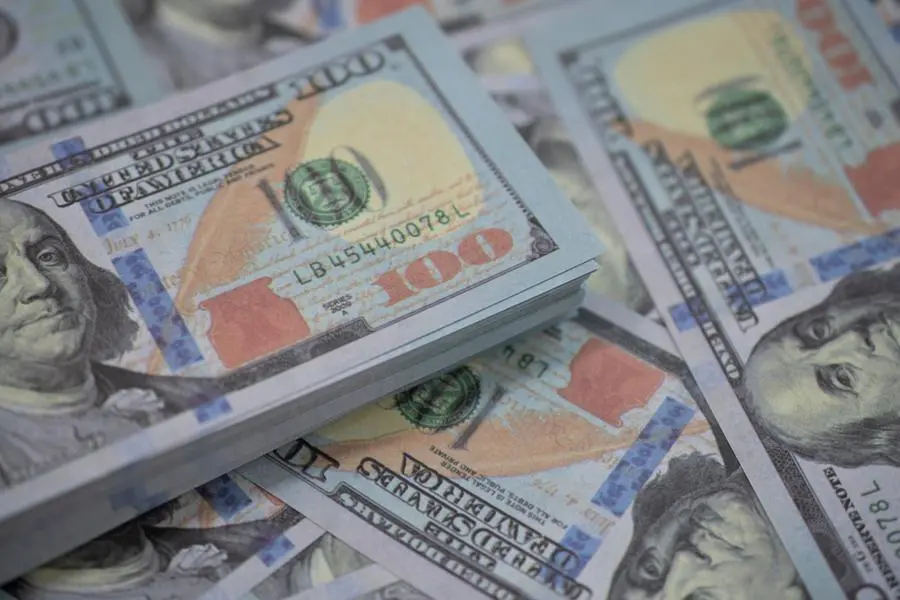PHOTO
- Amidst mounting global economic concerns, a robust demand for the safe-haven US dollar has emerged as investors seek refuge from the uncertainties stemming from a weakened Chinese economy, escalating oil prices, and persistent global inflation pressures.
This flight to the dollar is reflected in the DXY index nearing a six-month high of 104.75, accompanied by the euro and pound's decline against it.
The euro is down at 1.0735 and the pound down at 1.2578.
The dynamics of the currency market also witnessed the yen's temporary weakening, while the Chinese yuan's depreciation sent ripples across EM and Asian currencies.
The yen weakened up to 147.85 levels before intervention talk from the BOJ saw a recovery to the current 147.35 level.
The Chinese yuan has also weakened to 7.3200 levels, pulling EM and Asian currencies weaker as well.
Cautious outlook for the rand
The rand is currently trading slightly firmer at 19.16 but we did see levels of 19.25 earlier this morning.
Surprisingly strong local Q2 GDP numbers have done little to support the rand as we settle into a new 19.00/19.30 short-term trading range.
Global risk aversion along with local power issues will keep the rand on the back foot for now.
Look out for the US services PMI and the ISM non-manufacturing PMI numbers out later today.
Furthermore, the impact of the resurgent US dollar extends beyond currency markets, as its strength exerts significant downward pressure on commodity prices.
This widespread decline is attributed to growing concerns over global economic growth, amplified by higher US bond yields and the dollar's persistent strength. Gold has descended to $1,927, Platinum to $924, and Palladium to a weaker $1.215.
The extension of supply cuts by oil giants Saudi Arabia and Russia until year-end has pushed Brent crude prices to a staggering $90.00, rekindling fears of higher inflation rates worldwide.
All rights reserved. © 2022. Bizcommunity.com Provided by SyndiGate Media Inc. (Syndigate.info).























